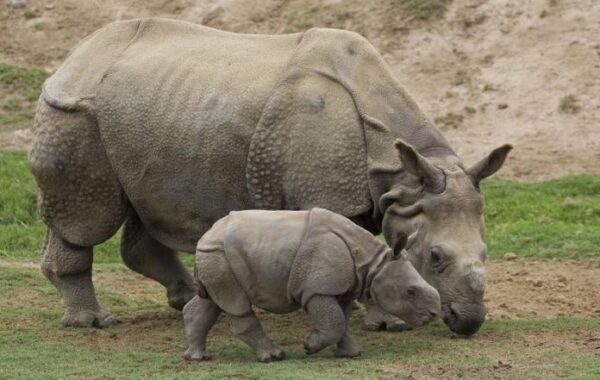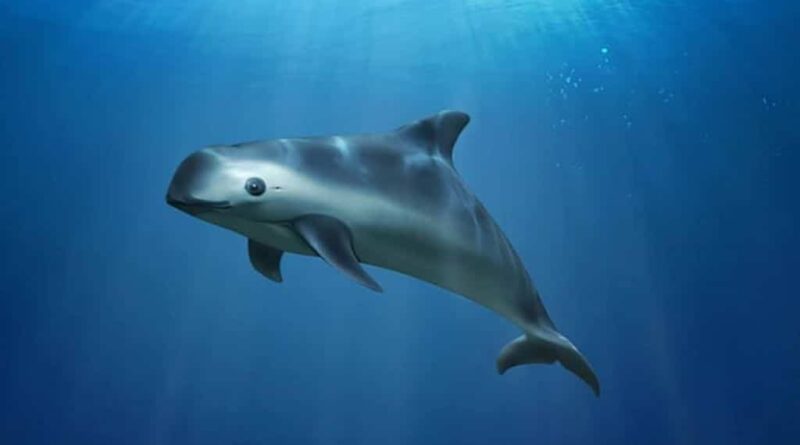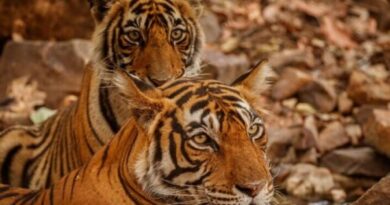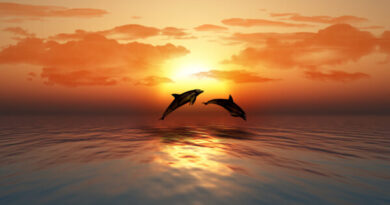The Disappearing Wonders: Why Protecting Endangered Species Matters
In the intricate dance of nature, every species contributes to the harmony of ecosystems. Yet, many of these species are facing extinction, driven to the brink by human actions and environmental changes. Understanding the gravity of their plight and taking steps to protect them is crucial for maintaining the delicate balance of our planet’s biodiversity.
The Dire Situation of Endangered Species:
Endangered species are those on the verge of vanishing from our planet, largely due to factors like habitat destruction, poaching, climate change, and pollution. The International Union for Conservation of Nature (IUCN) reports that more than 28,000 species are currently categorized as endangered or critically endangered. This alarming figure highlights the urgent need for comprehensive conservation strategies to address the threats pushing these species towards extinction.
The Significance of Biodiversity:
Biodiversity encompasses the variety of life forms on Earth, including species diversity, ecosystem diversity, and genetic diversity. Each species plays a unique role in maintaining ecosystem balance, which in turn supports essential services such as clean air, water, and soil fertility. When a species becomes endangered, it disrupts these ecosystems, leading to broader environmental consequences that can impact all forms of life, including humans. Protecting endangered species is therefore vital not just for their survival but for the health of our entire planet.
Notable Endangered Species and Their Struggles:
- The Amur Leopard: With fewer than 100 individuals left, the Amur leopard is critically endangered. Native to the temperate forests of Russia’s Far East and northeastern China, this big cat faces severe threats from habitat loss and poaching. Conservation efforts are focusing on anti-poaching measures and habitat restoration to prevent its extinction.
- The Vaquita: The vaquita, a tiny porpoise native to the Gulf of California, is on the brink of disappearing, with fewer than 10 individuals remaining. The primary threat is bycatch in illegal gillnets used to catch the totoaba fish, which is also endangered. Immediate action is required to enforce a ban on these gillnets and protect the vaquita’s remaining habitat.
- The Javan Rhino: Once widespread across Southeast Asia, the Javan rhino now survives only in a single protected area in Indonesia, with fewer than 75 individuals left. Habitat destruction from agricultural expansion and human encroachment are major threats. Conservationists are working to expand its habitat and support population growth through breeding programs.
Actions You Can Take:
- Support Conservation Initiatives: Contribute to organizations dedicated to protecting endangered species and their habitats. Your donations and volunteer work can support critical research, anti-poaching efforts, and habitat restoration projects.
- Adopt Sustainable Living Practices: Make choices that reduce your environmental impact, such as cutting down on waste, choosing sustainable products, and lowering your carbon footprint. These steps help alleviate pressures on wildlife habitats.
- Raise Awareness: Educate others about the importance of conserving endangered species and the challenges they face. Increased awareness can drive support for conservation policies and actions.
- Engage in Citizen Science: Participate in citizen science projects that aid in wildlife monitoring and research. Your contributions can help scientists track species populations and identify conservation needs.

Moving Towards a Greener Future:
The battle to protect endangered species is a global challenge requiring a concerted effort from individuals, communities, organizations, and governments. By understanding the threats these species face and taking decisive action, we can help ensure that future generations inherit a planet rich in wildlife and natural beauty.
Protecting endangered species is more than a moral responsibility; it is essential for the overall health of our ecosystems and the well-being of all living things. Let’s unite in our efforts to safeguard these remarkable creatures and preserve the intricate web of life that makes our world truly extraordinary.
FAQs:
1. What defines an endangered species?
An endangered species is one that faces a high risk of extinction in the near future. This classification is based on a range of criteria, including dramatic population declines, habitat destruction, or ongoing threats such as illegal hunting or climate change. The International Union for Conservation of Nature (IUCN) assesses these factors to determine the conservation status of species.
2. Why is conserving endangered species crucial?
Conserving endangered species is essential for maintaining the balance of ecosystems. Each species contributes to its environment by supporting ecological processes and providing critical services such as clean water, air, and fertile soil. The loss of a species can trigger disruptions in these systems, affecting the entire ecosystem and ultimately impacting human communities. Safeguarding endangered species helps preserve biodiversity and the health of our planet.
3. What are the main challenges faced by endangered species?
Endangered species face several significant challenges, including:
- Habitat Loss: Deforestation, urban sprawl, and agricultural expansion destroy natural habitats.
- Illegal Hunting and Trafficking: Poaching and the illegal wildlife trade threaten many species.
- Climate Change: Changes in climate conditions affect habitats, food sources, and migration patterns.
- Pollution: Contaminants in the environment can harm wildlife health.
- Invasive Species: Non-native species can outcompete or prey on native species, disrupting ecosystems.
4. How can I contribute to the protection of endangered species?
You can help protect endangered species through various actions:
- Donate: Support organizations dedicated to wildlife conservation and habitat preservation.
- Volunteer: Get involved with local conservation projects or wildlife rehabilitation centers.
- Advocate: Raise awareness and support policies that promote conservation and protect wildlife.
- Adopt Sustainable Practices: Reduce your environmental impact by choosing eco-friendly products and minimizing waste.
5. Are there examples of successful species recovery efforts?
Yes, there are notable success stories:
- The Bald Eagle: Once endangered due to hunting and pesticide use, it has recovered significantly thanks to legal protections and habitat restoration efforts.
- The Giant Panda: Targeted conservation efforts and habitat protection have led to an increase in its population, shifting its status from “Endangered” to “Vulnerable.”
- The California Condor: Intensive breeding and reintroduction programs have helped boost its population from a low of just 27 individuals.
6. What role do zoos and aquariums play in wildlife conservation?
Zoos and aquariums contribute to conservation by:
- Breeding Programs: Facilitating captive breeding to help increase populations of endangered species.
- Research: Conducting studies on animal health, behavior, and reproduction to inform conservation strategies.
- Public Education: Raising awareness about endangered species and conservation through exhibits and educational initiatives.
- Habitat Conservation: Supporting efforts to protect and restore wildlife habitats both locally and globally.
7. How can I participate in citizen science for conservation?
You can engage in citizen science by:
- Joining Monitoring Programs: Participate in projects that track wildlife populations and environmental changes, such as bird surveys or species monitoring.
- Reporting Observations: Share sightings of endangered or invasive species with relevant organizations to aid in research and conservation efforts.
- Supporting Research: Contribute to data collection and analysis for conservation studies.
8. What role does technology play in conserving endangered species?
Technology plays a crucial role in conservation through:
- Satellite Imaging: Monitoring habitat changes and assessing conservation needs from space.
- Camera Traps: Using motion-activated cameras to study wildlife behavior and track populations.
- Genetic Analysis: Applying genetic research to enhance breeding programs and understand species diversity.
- Anti-Poaching Tools: Employing drones, GPS trackers, and other technologies to combat illegal hunting and trafficking.
9. Can individual actions impact endangered species conservation?
Yes, individual actions can significantly impact conservation efforts:
- Making Sustainable Choices: Support environmentally friendly products and companies that prioritize conservation.
- Reducing Environmental Impact: Cut down on waste, recycle, and minimize your carbon footprint.
- Advocating for Policies: Use your voice to support policies and initiatives that protect endangered species and their habitats.
10. What should I do if I encounter an endangered species in the wild?
If you encounter an endangered species, follow these guidelines:
- Observe from Afar: Keep a respectful distance to avoid disturbing the animal or its habitat.
- Follow Local Regulations: Adhere to any guidelines or rules provided by wildlife authorities.
- Report Sightings: Inform conservation organizations or local wildlife agencies to assist with monitoring and protection efforts.




